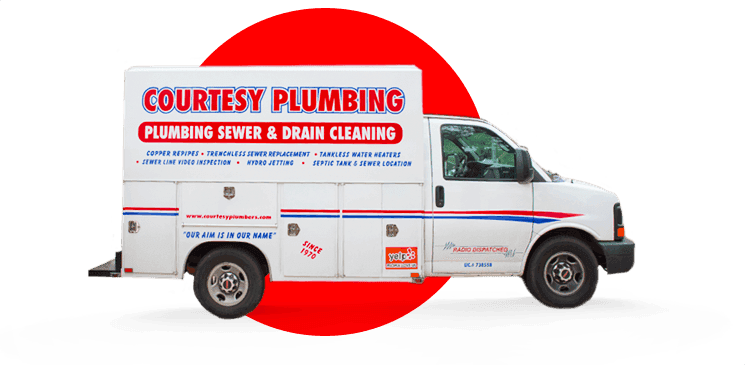One of the most expensive plumbing repairs is having to deal with tree roots invading your plumbing pipes. It’s labor-intensive because you have to replace damaged pipes and sometimes dig trenches to get to the root of the problem, pun intended. Tree removal can also add to repair costs. The best defense against tree roots invading your plumbing pipes is prevention. Here are some plumbing tips on how to deal with tree roots.
Trees bring a lot to your landscaping, aside from being aesthetically pleasing they provide shade, clean the air, and produce oxygen. The problem with large trees is the larger the tree the larger the root system. The root system of a tree often mirrors the top of the tree, so for trees that have large branches on top, they also have large branches on the bottom. This is fine and dandy until you learn that those underground branches or roots are actually growing towards your plumbing pipes. Why? You ask. Because tree roots naturally grow towards water, and your plumbing pipes can sweat and produce condensation around them, making them a nice target for thirsty roots.
What Can You Do About Thirsty Roots?
The best way to prevent tree roots from invading your plumbing pipes is to select trees carefully. Slower growing trees take longer to develop mature root systems, meaning they take longer to reach your pipes. While gaining shade and the beauty of a large tree right away may be desirable for your landscaping, it’s one of the worst things you can do for your pipes. Many varieties of maple trees and dogwood trees are slow-growing and make excellent candidates as well as honeylocust trees and beech trees. If faster-growing trees are what you are after then consider replacing them every 10 years or so to prevent root damage.
Another way to prevent root damage from invading your plumbing pipes is to make sure you plant your trees at least 10 feet away from any major plumbing pipes. This might require you to obtain the building plans for your home. You can get these from the city planning office. It’s always a good idea to know where your lateral line is anyways for any future developments.
For more plumbing tips please check out the rest of our plumbing articles.



